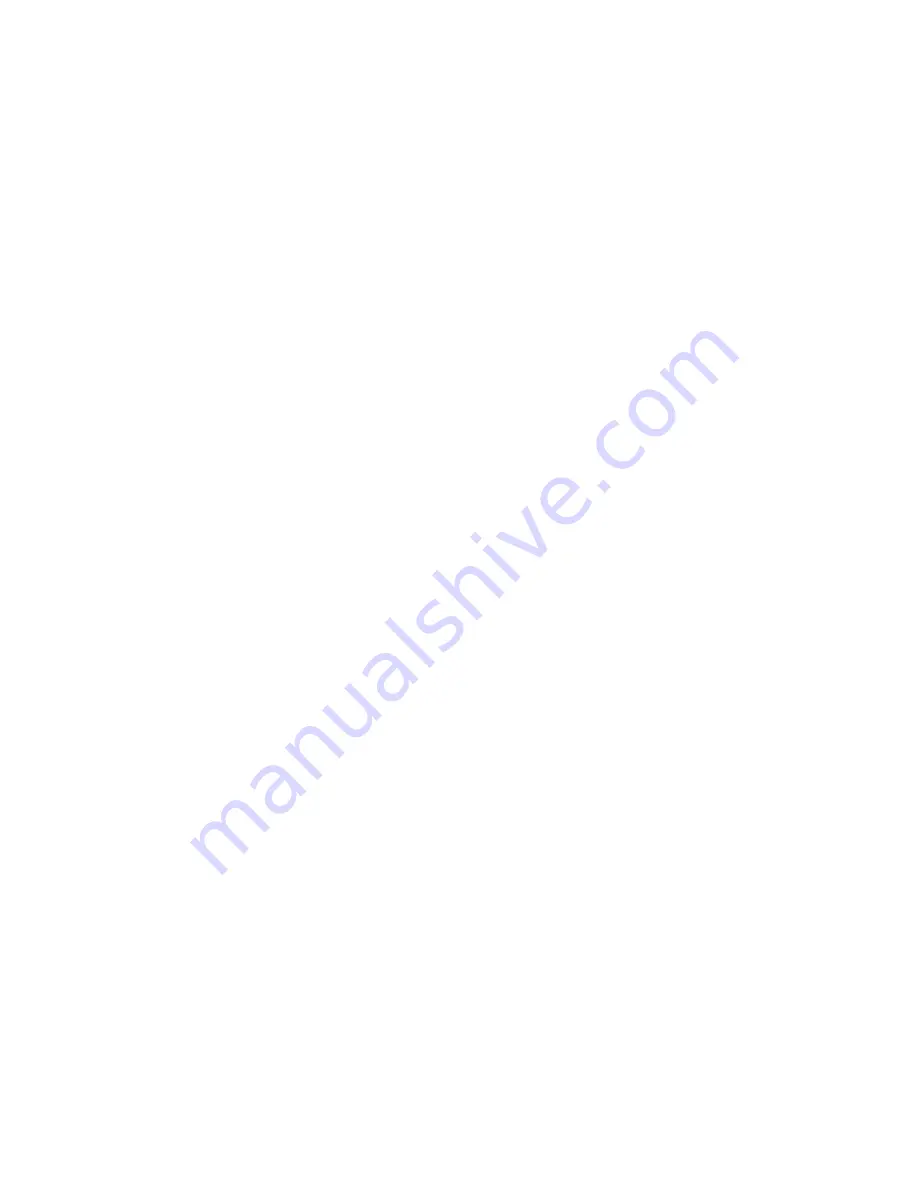
14
Helpful Tips
Carrots
Carrots can be a bit challenging to juice due to their dense nature. Never over
stuff the Chute. Always leave some “wiggle room” to avoid jamming the Chute.
Once carrots have been inserted, replace the Pusher into the Chute. Apply gentle
pressure. This will help to stabilize the carrots down the chute.
Citrus Fruits
Orange and grapefruit peel is bitter in taste and should be removed. When peeling,
however, leave the pith on (white soft layer between peel and fruit) and juice it
to get all the vitamins. Lemon and lime are used to flavor dishes, so peel may be
left on for more flavor when juicing. To juice with the skin, use a slow gentle
pressure. Apply a bit more pressure if necessary, but do not use excessive force
with the Pusher.
Juicing Leafy Produce
Leafy produce process best when rolled in a bunch, fed into the Chute, then
followed by fruits or vegetables containing a larger volume of juice such as celery,
tomato, or cucumber. See chart pages 16-17.
Mangos, Apricots and Peaches
IMPORTANT: Always remove pits.
Do not put any produce in the juicer with pits. Pits may damage the Blade causing
the motor to seize voiding your warranty.
Pomegranates and Cherries
These wonder fruits can absolutely be juiced. When juicing cherries it is
necessary to remove the pits. We recommend using a cherry pitter. When juicing
pomegranate (seeds) it is necessary to separate the seeds from the outer skin and
the inner membrane before they can be processed.
Pineapples and Melons
Although the juicer can process the whole fruit, the juice tastes best when the
rind is removed. Again, this is a personal preference. The “stringy” consistency of
very ripe pineapple may sometimes cause blockage in the spout requiring periodic
cleaning to avoid back-up and overflow in the Receptacle.










































